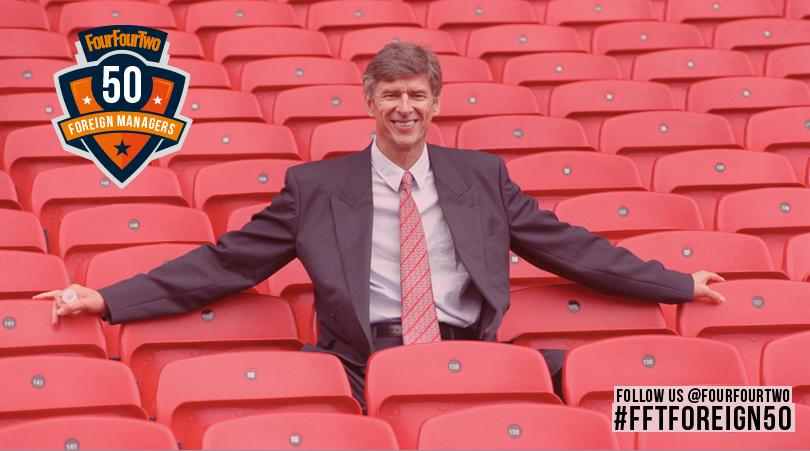Adrian Clarke: What it was REALLY like for the players when Arsene arrived
Clarke’s Gunners career may not have taken off as he’d hoped, but having experienced the Graham and Rioch eras before a certain Frenchman arrived at London Colney, there are few better placed to evaluate the impact. Here’s how it went down...
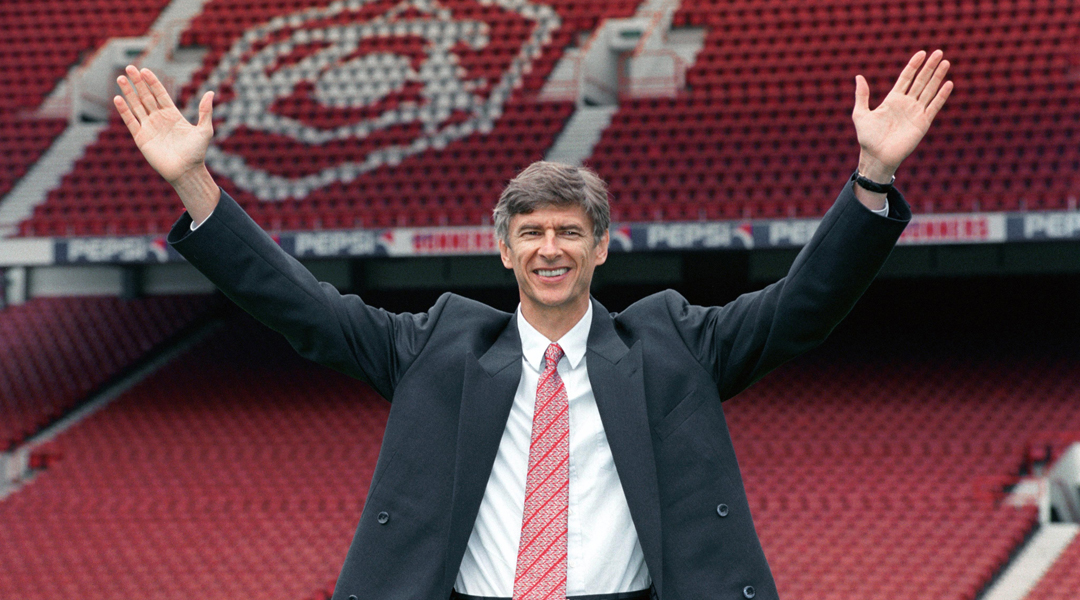
Twenty years ago Arsene Wenger introduced me to my hip flexors, and I can still picture the scene today. Most of Arsenal’s pros, first team or not, were summoned to participate in the new manager’s debut training session, signalling a fresh start for all.
With first impressions so important there were nerves, of course, but a hushed perplexity also warmed the dewy autumn air as we clocked George Armstrong and Pat Rice ferrying a job lot of 25-30 yoga mats and medicine balls, coupled with what felt like a thousand poles, into an area at the rear of London Colney’s changing rooms.
Glances were shared, puzzled expressions exchanged. “What the f*** is going on here?” we silently, collectively, wondered.
New thinking
For 30-45 minutes I remember stretching muscles I didn’t know I had, in ways that had never been taught to me before
In my previous six years as a full-timer we’d began practically every day by jogging around the perimeter of the training ground, stopping off for the odd bit of gentle stretching (and various toilet breaks in hedges), before getting down to the business of ‘proper’ training.
Not anymore.
On this, Wenger’s first day in office, our new French gaffer took full control of the warm-up, and it became immediately obvious that those lazy 15-minute jolly-ups were a thing of the past. Pre-training routines were to be taken far more seriously moving forwards.
Get FourFourTwo Newsletter
The best features, fun and footballing quizzes, straight to your inbox every week.
For 30-45 minutes I remember stretching muscles I didn’t know I had, in ways that had never been taught to me before. It was a mix between a Pilates and plyometric class.
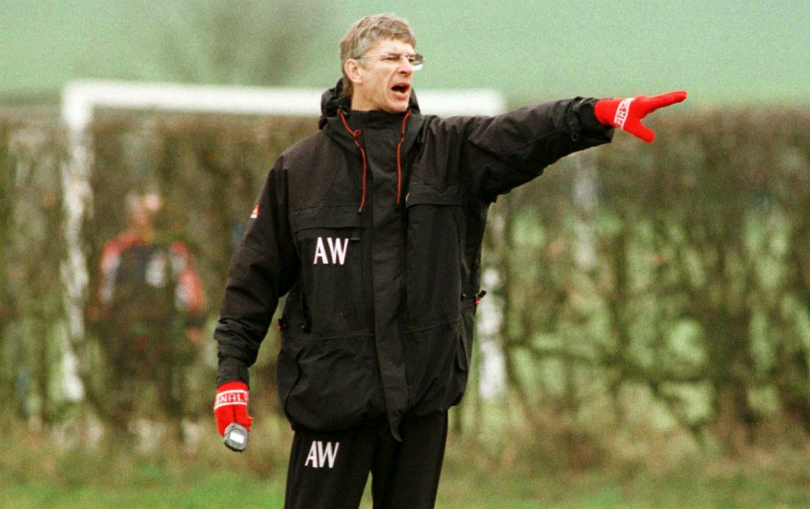
I especially remember the ‘hip flexor’ exercise because the boss’s long legs, bent at the knee, swished from side to side, kissing the mat with remarkable ease, while the rest of us (previously unfamiliar with this part of the body’s existence) moaned and groaned as the stiffness gradually loosened. He smiled at our grimaces, promising we’d soon be much more flexible.
There and then it was clear that Arsenal as we’d known it, would never be the same again. A wave of modern ideas was about to consume us.
Style over shouting
Frustratingly, I’d end up spending most of that 1996/97 season either out on loan or training with the reserve team, but in those early weeks before Wenger trimmed his daily group, I tasted an entirely fresh way of football training.
Every segment of the session was timed on the clock; drills involving mannequins that were to be passed around featured prominently. The main emphasis was on technique and movement.
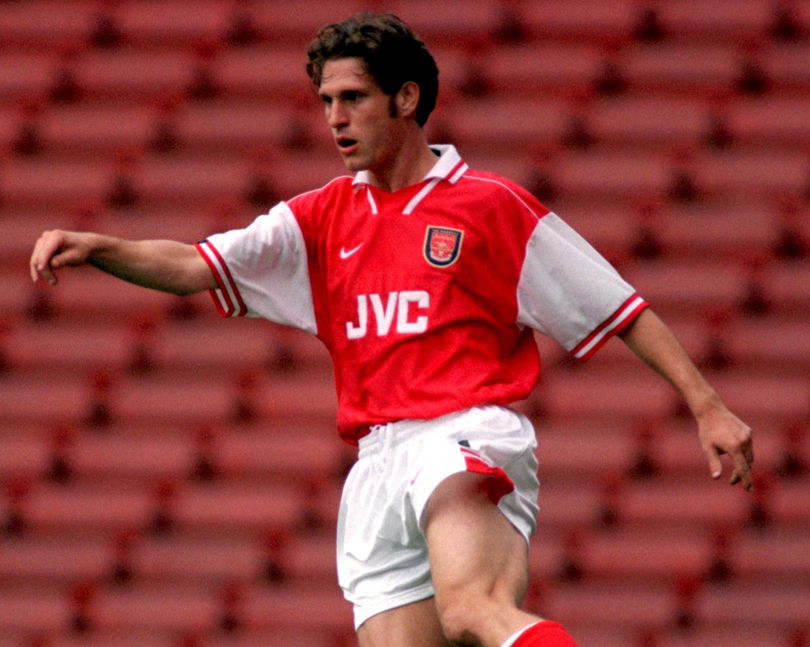
I wasn’t sure about it initially – I missed the competitiveness of a simple but feisty 8-vs-8 keep-ball, for example – but within a week or two, everyone was buying into the new methods. We felt lovely and sharp.
After years of working with George Graham and Bruce Rioch, hard men with dominant personalities, this newcomer (who we’d never heard of) brought a welcome dose of business-like calm, as well as a clear love for aesthetically pleasing play. Wenger’s desire to encourage pretty passing ahead of regimented off-the-ball work proved popular.
Before I’d sat down for my first proper conversation with him, I could tell he was a nice person. When joining in with impromptu kickabouts before the warm-up - looking a touch awkward on the ball, I have to say – there was a kindness and vulnerability about him.
Down the years my former team-mates have all reminisced over his clumsiness, and being accident-prone definitely endeared him to the players. He was happy to chuckle at himself.
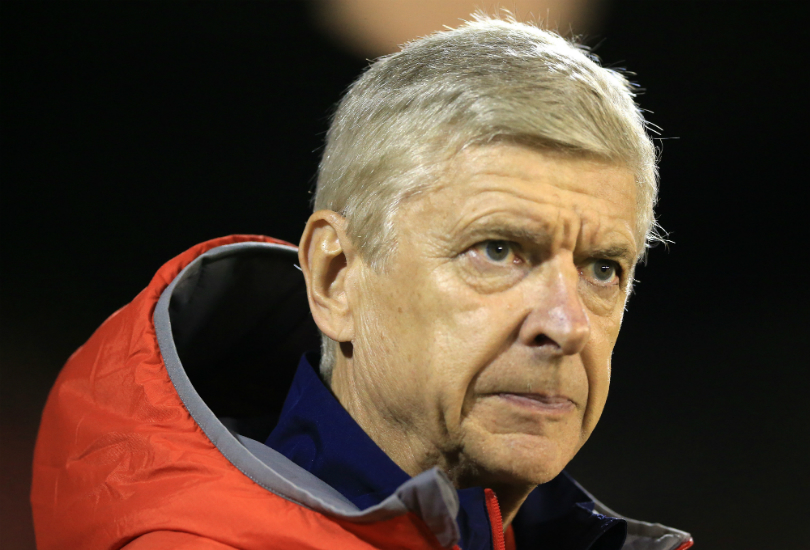
Arsene’s magic eye
His eye for talent also stopped most of us in our tracks during that first season too.
While utility man Remi Garde was good but not exceptional, the arrivals of Patrick Vieira (20) and Nicolas Anelka (17) signalled a major rise in standards. I played in the first matches both of them had in an Arsenal shirt (for the reserves) and was instantly smacked between the eyes by their talent.
Tall and graceful, Patrick was effortlessly excellent on and off the ball, while Anelka’s turn of speed was at a velocity I’d never previously witnessed close up.

Anelka's first goal for Arsenal
I’d played with brilliant players before – Dennis Bergkamp, Ian Wright, Tony Adams, Paul Merson – but those two lads were both younger than me, yet at a physical level that felt beyond my capabilities. It was a little chastening I must confess.
People look back now and call it the Wenger Revolution, and that’s what it was. So much changed, in such a short space of time.
Guys I’d played with for years such as Paul Dickov, David Hillier, Steve Morrow, Eddie McGoldrick and John Jensen all moved on. Many others also left at the same time as me, or just after.
- RECOMMENDED The three phases of Arsene: How Wenger's approach to transfers has changed down the years
First-team players were given handouts of creatine and vitamin supplements from physio Gary Lewin, and I remember looking on in envy at how quickly they seemed to help. I hadn’t made the cut to receive them, but we did get fruity energy shots in pipettes before reserve games.
Instead of everyone rushing home at 1 o’clock, the post-training queues to see the masseurs for a rub-down grew long
With the training ground changing rooms burning down in a fire just after Wenger's arrival, first-teamers soon began meeting at the nearby Sopwell House Hotel, catching a minibus to training. The rest of us had to rough it in portacabins erected in the car park, so contact with the guys I’d been training with soon became minimal.
Masseurs arrived on the scene, and instead of everyone rushing home at 1 o’clock, the post-training queues to see them for a rub-down grew long. Pre-match meal times came forward by a couple of hours, and the menus altered dramatically. Breakfast fry-ups, omelettes and beans on toast were no longer an option, replaced by boiled chicken, fish and veg.
Doorway to today
On the pitch, power and pace was Arsenal’s new mantra.
When those qualities were married with the pass-and-move philosophy that the new boss was preaching, Arsenal shot to a higher level in no time at all. The teams he built between 1997 and 2005 were trailblazers that had just about everything.
One of my greatest regrets is that I wish I’d caught Arsene’s eye enough to have a proper involvement in his burgeoning team. I lacked a bit of power, but as a footballer I suited the style. Sadly it wasn’t to be.
It was devastating when he informed me in person that my contract wasn’t going to be renewed by Arsenal in May 1997, but at the time it was the right decision for the club, and for me. At 22 it was time to develop elsewhere. Under the new regime, Arsenal were moving to a level that was probably beyond my reach.
When I think about what’s happened in the ensuing years, it’s incredible. I’ve had two children, got married, lived in nine different houses, played at six other clubs for 10 different managers, retired from the game, started a whole new career, been an employee and self-employed, and even returned to Arsenal on a freelance basis to work for their in-house TV channel, analysing the performances of my old manager’s side.
Memories of my time as a young pro at Arsenal feel like a lifetime ago – yet the boss is still there, doing the same job, with just as much passion and dedication as he had on that morning he introduced me to my hip flexors.
Irrespective of whether you’re a Wenger fan, or if you feel he’s still the right man to drive Arsenal forward or not, the longevity of his service to the club is worthy of almighty respect.
It’s a tough enough job to handle for one season. Making it to 20 is an unbelievable feat.
New features every day on FourFourTwo.com • More Wenger at 20
